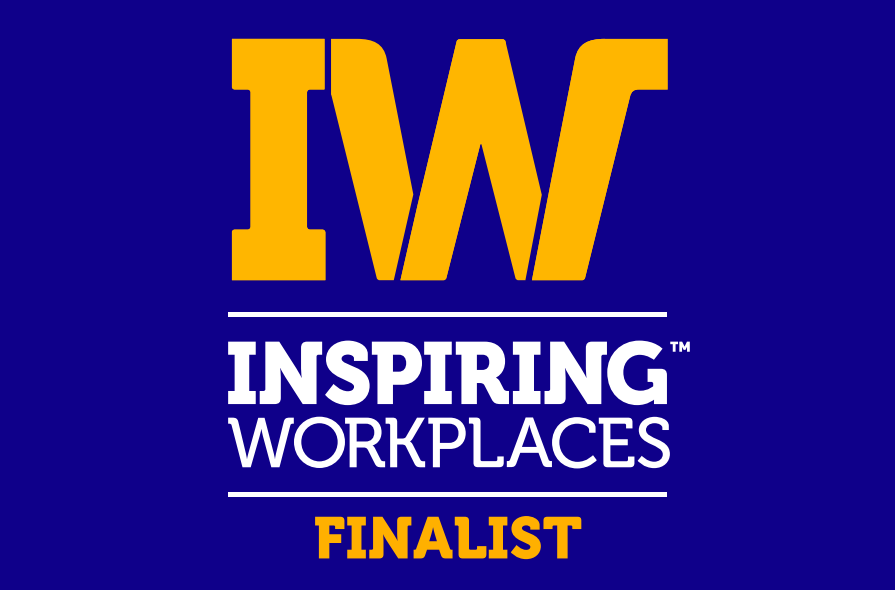It doesn’t take a zillion dollars, CGI effects, or a webinar directed by Michael Bay to make your next virtual event memorable. Here’s how to execute a successful strategy that fits your budget, target audience, and business goals.
At long last, the world is no longer in all-virtual-all-the-time mode. Employees are coming back to the office, at least on a hybrid work schedule. Travel – for both business and pleasure – is inching back to pre-pandemic levels. Events are once again taking place in the real world, not just on Zoom or Teams.
However, virtual events and video presentations are here to stay. Many businesses have discovered that engaging videos, live-streamed events, and virtual presentations have significant advantages in terms of ROI. They can also be incredibly effective in connecting with your customers, the media, and the general public.
Ultimately, a virtual event or video presentation can be far more convenient than an in-person demo or conference. A virtual event makes it much easier and more cost-effective for anyone to attend without having to travel or book a hotel. You don’t need to worry about on-site staffing, which can be costly and difficult to plan. And of course, the costs and logistics associated with a booth or show-floor presence are gone as well.
So, how can you ensure that your virtual product announcement, product demo, webinar, or event isn’t an also-ran in a sea of virtual presentations? The good news is that it doesn’t take a zillion dollars, CGI effects, or a webinar directed by Michael Bay to make things memorable. It all comes down to thoughtful strategy that fits your budget, target audience, and business goals.
Produce (or practice) your video ahead of time:
Live-streamed videos don’t literally have to be shot and streamed in real-time. Use that to your advantage by creating interesting segments, designing graphics, editing things together, and developing content to support your video well in advance. By pre-recording your video and publishing it at a scheduled time, it’s much easier to deliver professional-looking results while avoiding the inevitable challenges of a live shoot. If you do choose to shoot and stream live, practice runs are essential. Dress rehearsals will make panelists feel at ease, create lively dynamics between them, and help you work out any technical issues. Invite a small internal audience to watch those rehearsals, and use their feedback to improve your live performance.
Treat it as a permanent piece of content:
Many brands make the mistake of live-streaming a video, then offering no option to view it later. That will significantly limit your ROI and shrink your potential audience several times over. Plenty of reporters and interested viewers may have schedule conflicts during live streams, or they may be in a time zone that makes live-viewing difficult. Plus, more people may want to watch your video after they hear about it on the news or on social media. To expand your viewer base many times over, make your video available to view on demand. Upload it to popular platforms such as YouTube, Facebook, and LinkedIn. If there are particularly compelling snippets of your video, think about creating shorter clips optimized for social media platforms such as Twitter and Instagram.
Think beyond the video itself:
You’ll need plenty of additional materials to support the content in your video: Press releases, product details, images for reporters, you name it. But you also need to consider accessibility and ease-of-use. Does the video platform require viewers to download additional software? Can the platform provide a written transcript of the video that viewers can read and reporters can quote easily? Are the speakers in your video identified with lower-third graphics? If viewers want to learn more about the panelists, are bios and headshots featured outside the video player? Ultimately, think about the experience of reporters covering your virtual event and viewers seeking more context. If you have to rewind the video to identify each speaker or transcribe a quote, the viewer experience will be annoying.
Cut to the chase:
One big benefit of providing bios and headshots on your video landing page is that your panelists can dive right into the discussion. Think about your average Zoom call: The first five minutes are usually spent doing introductions and making small talk. By the time those five minutes are up, your audience’s attention may be gone. Providing bios on the video landing page will allow you to begin your topical discussion right away. Keeping the discussion moving should be another big goal for your practice run. It’s a good idea to assign each panelist a question to answer first and give them time limits for each response; you may even implement a shot clock like “Pardon the Interruption.” A repetitive question-answer-question-answer format between the moderator and panelists can get boring fast. Instead, encourage panelists to respond and engage with other panelists instead of waiting for the moderator to address them.
Above all, remember to be interesting:
This may seem like a no-brainer, but it often gets lost in the shuffle when you have so many other details to worry about. Yes, it’s important for your video to reflect your brand messaging, provide a virtual product demo, or share your insights on an interesting topic… but it’s equally important to make sure it doesn’t fall flat by failing to engage viewers. There are many ways to make your presentation stick in viewers’ minds: The quality of your script and pre-produced segments, the personality and interactions of your presenters or panelists, and branded tchotchkes mailed to registered viewers all help make it memorable. After putting together an outline for your video, it’s time to answer a tricky question: Will your presentation stand out from all the rest?
If you’re planning your very first virtual presentation, virtual media engagement, or virtual event, expect a bit of a learning curve. The best way to avoid unwanted surprises is to partner with experts that have done it all before.
That’s where we come in: Airfoil has decades of experience producing multimedia content, as well as planning and managing events (both real and virtual) for companies of all sizes. Get in touch with us to learn how we can help with your next virtual product launch, discussion panel, interactive webinar, or virtual event. We’ll take it to new heights.





